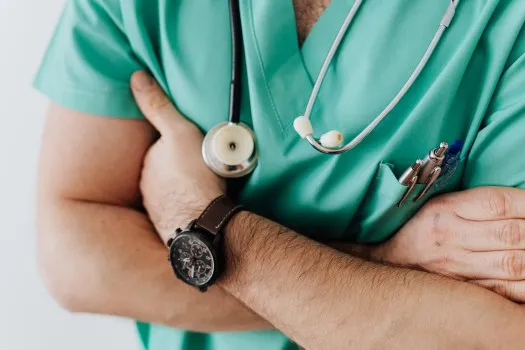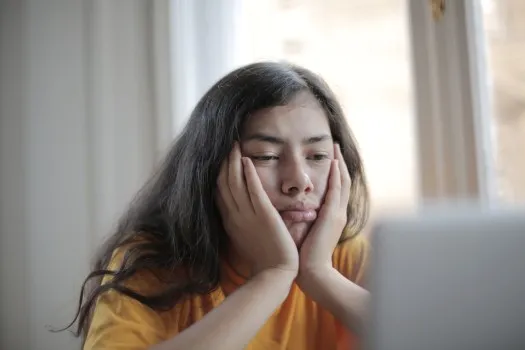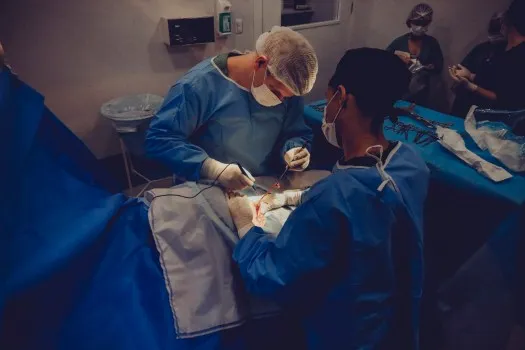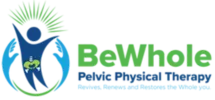Introduction
Are you suffering with pain in the butt( pudendal neurlagia ) or is it siatica? How do you know? Pudendal Neuralgia is chronic pain in the innervation of the pudendal nerve, which is in the perineum( genital area). This can be found in men and women but 2/3rd of the patients are women. Pudendal nerve is the main nerve of the pelvis. it is formed in the low back in the pelvis near the tailbone, its travel in the pelvis is tortuous as it weaves its way in and out of the pelvis giving branches of nerves on its way to different pelvic floor muscles.
It is particularly vulnerable for compression in 2 anatomical areas 1. the Alcock’s canal and 2. in the “clamp” the nerve course between sacrotuberous and sacrospinous ligament.The cure of pudendal neuralgia will depend on targeting the cause of the symptoms, this is discussed more in the physical therapy section of this post.
Other names for Pudendal Neuralgia:
- Pudendal canal syndrome
- Cyclist’s Syndrome
- AlCock’s Syndrome
Causes of Pudendal neuralgia
- Nerve compression as in ligamentous or fascial entrapment (cyclist, childbirth injury and scarring)
- Change of bony alignment as in sports injury.
- Increased pelvic muscle tone ( fear or due to pain ) can compress the nerve.
- Decreased pelvic and hip flexibility.
- Any surgeries and resulting scars in the pelvic area.
- Chronic Constipation ( lots of repetitive small trauma)
- Recent loss of wt,decreasing the cushioning and causing compression of the nerve.
When nerves get irritated chronically pain is perceived at a lower level and the pain response is greater.

Is it Pudendal Neuralgia? If your answer is yes to the following it might be PN.
- Do you have pain with sitting but reduced when sitting on the toilet?
- Did your problems begin after biking for a long time?
- Did your problems begin after a fall on your tailbone (coccyx)
- Do you have incontinence of stool, gas or urine ?
- Did you have pain during intercourse ?
- Do you have pain after ejaculation?
- Do you suffer from sexual impotency ?
Symptoms:
- Pain is the main symptom, pain which progressively gets worse as the day goes on and pain with sitting but relieved by sitting on the toilet.
- Symptoms may also be experienced as bladder. bowel and sexual dysfunction.
- Symptoms may start suddenly or be of a gradual progression.
- Symptoms may be on one side or both sides of the perineum.
- Skin of the perineum may be sensitive to touch.
Location of pain: Perineum sometimes can be the hip and pelvis as well.
- In the labia
- Vulva
- Clitoris ( Penis and Scrotum in men)
- Urethra
- Rectum and Anus
Diagnosis:
Pudendal nerve neuralgia is rare and is difficult to diagnose, it usually coexists with Pelvic floor dysfunction and is hard to diagnose.The most common misdiagnosis in men of PN is nonbacterial prostatitis. The Dr. who treat PN are Neurologists pain management Drs.. Some of the tests used to diagnose Pudendal neuropathy are as follows
- Pudendal nerve motor latency test (PNMLT)
- EMG ( Electromygraphy )
- 3T MRI
- MRN ( Magnetic resonance neurography may give clear enough images to see nerve entrapment )
- Diagnostic nerve blocks (CT guided)

To summarise the Conclusive diagnosis depends on the following
- Symptoms consistent with PN.
- An abnormal test, ( any of the above listed )
- Pain along the pathway of the nerve.
- Ruled out all other possible causes and diseases, such as infection , prostatitis (in men). Vaginal infections or STD’s to name a few .
Treatment for Pudendal Neuralgia:
PN is more likely to respond well to treatment when caught early .

The treatment can be divided into
- Conservative Treatment
- Surgical Treatment
- Conservative Treatment:
- A through Physical exam and understanding the symptoms
- Ruling out all other causes of the pain, such as coccyxdynia ,interstitial cystitis and prostatitis
- Tests to rule in Pudendal neuralgia
- Physical Therapy
- Pudendal nerve block
- Medications,( Antidepressants )
- Lifestyle modifications – Avoiding the prolonged pressure on the buttocks by limiting sitting, avoiding strenuous exercises
- Perennial suspension pads to help relieve pressure when sitting.
Surgical Treatment :
Surgery includes relasingthe entrapped pudendal nerve, which can be 3 approaches
- Trans-perenial
- Trans-rectal
- Trans-ischiorectal

Physical therapy for Pudendal Neuralgia
Physical Therapy is a very important part of conservative treatment of the PN. Treatment is most effective in a team approach. PT, plan of care is going to depend on the findings during the Initial evaluation, after taking a thorough history and a physical exam, I prepare a custom tailored plan for the patient depending on the patients goals and the impairments I found.
- When increased tone of the pelvic floor muscles and Trigger points are found (a trigger point is a hyperirritable spot in the muscle fibers which is painful with compression.)Trigger point release can be done manually when trigger points are identified. A more aggressive trigger point treatment would be trigger point injections ( injections are usually done by a Dr.)
- When Pelvic floor dysfunction is noted, relaxing and lengthening the tight or shortened pelvic floor provides relief. Kegels is not appropriate to be done in this case.
- Pudendal nerve gliding is done when abnormal neural tension is noted.
- When Biomechanical and structural abnormalities are found in the SI joint, hips, low back, and joint hypermobility, exercises to improve stability and restore function are taught.

Conclusion:
1.Pudendal neuralgia is a rare peripheral nerve disorder, that can be very distressing .
2. Can be cured depending on the severity of nerve involvement
3.Most PN generally responds well to conservative treatment with Physical therapy.

